How Has The Quinceanera Changed Over Time
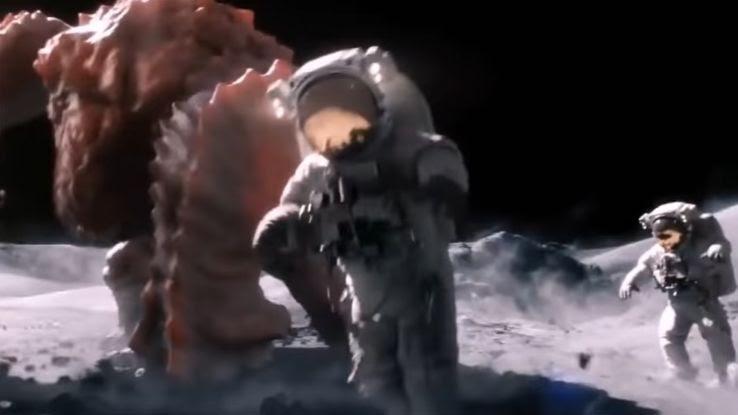
Affective commercials don't just sell usa a bang-up product; they also tell a story. People purchase with their emotions earlier their logic, which makes advertisements that play on feelings and so effective.
These are the virtually iconic commercials, the ones that have stayed in viewers minds years or even decades later on the fact due to their memorable stories, controversial statements or hilarious jokes. Which one of these products would you buy based on the commercial?
Calvin Klein: "Obsession" (1986)
The gear up of this commercial for Obsession perfume looks like an Escher painting because of its blackness and white colour scheme and multiple staircases. With its emphasis on flowers and sleek, sophisticated shapes, information technology was easy to see Obsession was most to be a worldwide, well, obsession.
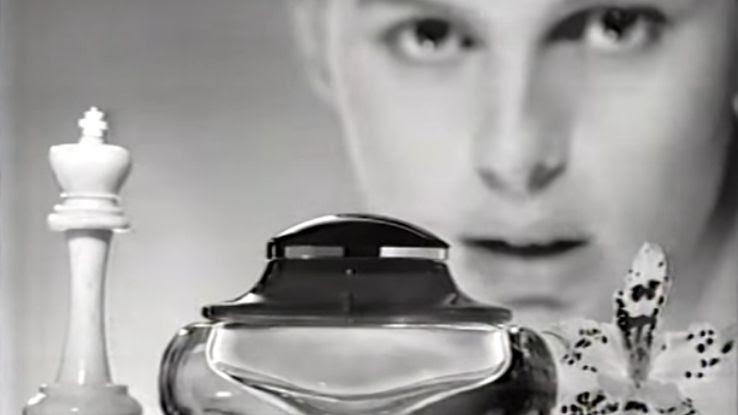
This highly stylized art house film was dreamlike, exotic and made an impression, not only for its direction, but besides considering it made no sense. Who knew disruptive your consumers could lead to millions of dollars in revenue?
Apple: "1984" (1984)
George Orwell's novel 1984 is a staple of popular culture, so it'southward not surprising that someone tried to use it in a commercial in the titular twelvemonth. In this Super Bowl commercial, Apple states that its technology tin remove y'all from the iron clutches of Big Brother and atomic number 82 you to freedom.
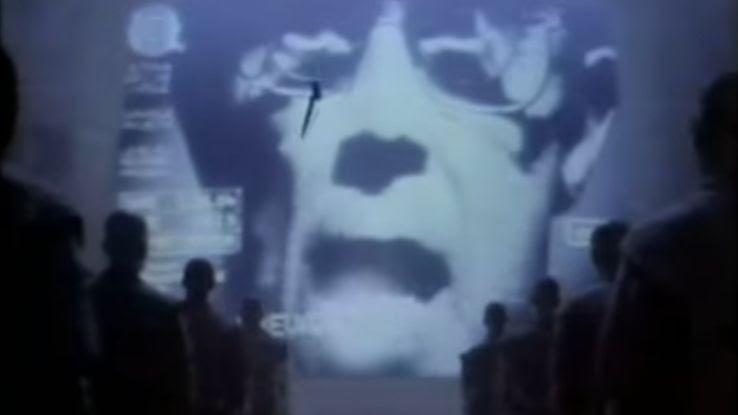
Apple's "1984" is credited for making Super Bowl commercials a matter in the first place and won many awards, including a Clio Award. Ad Age named it the number 1 Super Bowl commercial of all fourth dimension — an impressive feat, because it'due south ane of the firsts.
Coca-Cola: "Hey Kid, Catch!" (1979)
In this commercial from 1979, Mean Joe Dark-green shotguns a Coke given to him by a young sports fan after a game. Every bit a give thanks you, Dark-green tosses his jersey and spouts the famous line, "Hey child, catch!" which has been parodied and referenced ever since.
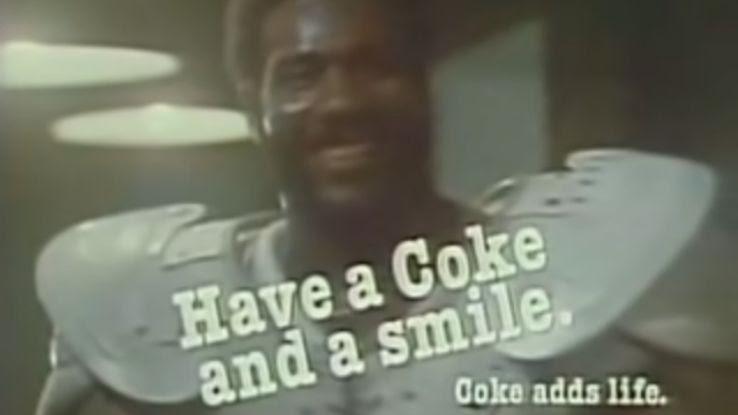
Not only did it win a Clio award, but it also inspired a 1981 made-for-tv movie, The Steeler and the Pittsburgh Child. Moreover, African-Americans were even so a rarity in commercials at the time, and the success of the advertizement further showed the importance of portraying them in media.
Metro Trains: "Dumb Ways to Die" (2012)
This blithe Australian prophylactic campaign was designed to promote child safety. Its blithe cartoon characters told children how to avert danger around trains specifically, but also featured electrocution, food poisoning and burn.
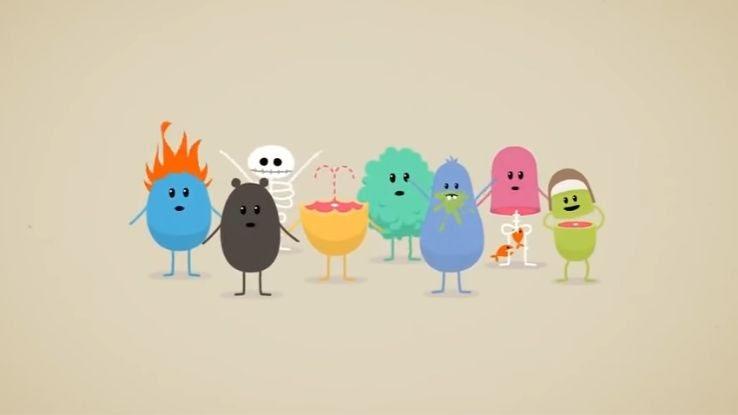
The entrada became the most awarded entrada in history at the Cannes Lions International Film Festival of Creativity and led to multiple spin-offs, including a mobile game, children'south books and toys. It's likewise credited with improving safety around trains in Australia, reducing the number of "near-miss" accidents past more 30 percent.
PSA: "This Is Your Brain on Drugs" (1997)
"This is your brain. This is your brain on drugs. Any questions?" This tough-beloved PSA was no dubiety scary for children simply was memorable in delivering its anti-drug rhetoric. The campaign was so popular and quotable that some other campaign was launched that featured the actress slamming the frying pan into dishes and other brittle objects.
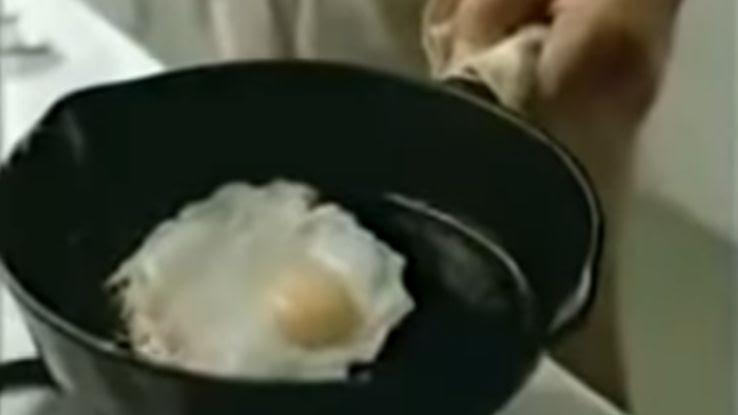
Multiple PSAs were made in the '80s to warn children of the dangers of drugs, but the sizzling eggs on the pan is the most iconic. Granted, whether information technology was effective in preventing drug employ may be a unlike affair.
Monster.com: "When I Grow Upwardly … " (1999)
Sometimes, an constructive ad campaign is a parody of less successful commercials. "When I Grow Up…" was exactly that, a parody of aspirational commercials that told children to reach for the moon and stars. Where other ads came across every bit too idealistic to believe, this ane didn't take itself too seriously.
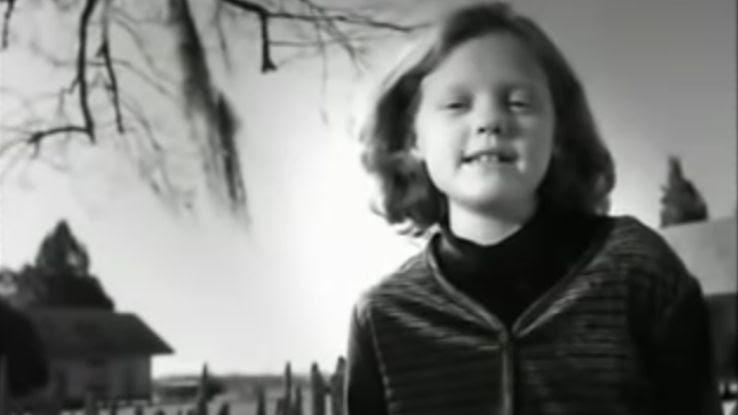
Monster'south motivating ad is funny and unconventional, and overnight, information technology doubled the monthly viewers on the job website from 1.5 to 2.5 million. It also won multiple industry awards for its message.
IAMS: "A Male child and His Dog Duck" (2015)
America loves coming of age stories, especially easily digestible ones. This commercial told the story of a male child and his dog Duck, who both abound old together as the viewer learns why the domestic dog received his unique name. Spoiler: Duck is how the male child pronounced the proper name "Duke" when he was a kid.
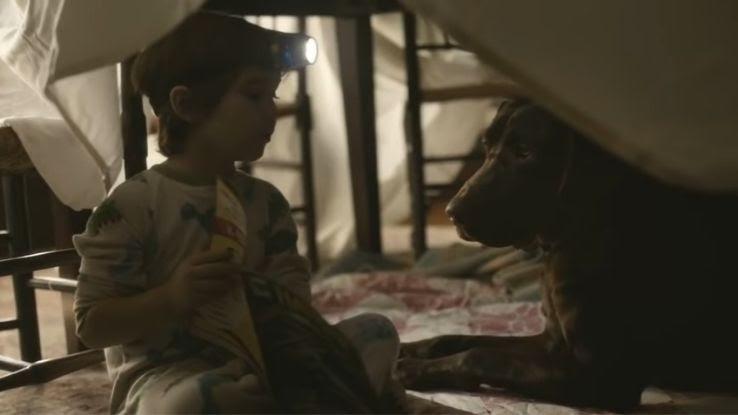
Yes, it's emotionally manipulative. Yes, IAMS isn't a particularly unique dog food brand, and yep, many viewers probably knew what the advertisement was doing, only people cried anyhow. It's not every twenty-four hours that a commercial breaks your eye like this.
Extra: "Origami" (2013)
Why is a gum commercial trying to brand you cry? Much like the previous commercial, this one uses the story of a parent-kid human relationship and origami wrappers to tell a sweet story. The petty girl places all the origami swans they've made together in a shoebox and takes them off to college. It's hard not to make an audible "Aww" when y'all see it.
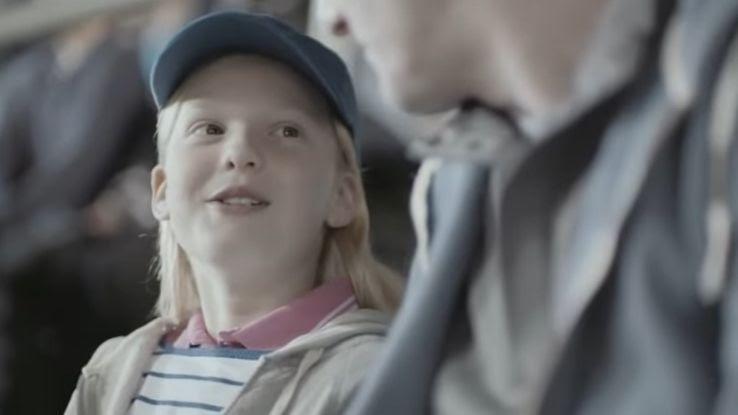
This "time-flies" commercial is about enjoying the piddling things while sticking together through hardships. Kind of like how gum sticks to the bottom of a desk-bound, although that probably wasn't the comparison they were going for.
Casper: "Can't Sleep?" (2017)
Mattress company Casper decided to create an unorthodox advertisement aimed at a core role of its consumer base: insomniacs. The commercial itself is simply a xv-second snippet of relaxing imagery and the number for a hotline along with the words, "Tin't sleep?" It aired at 2 am.

If you do determine to call the number, an automated vox reads off a list of relaxing sounds and slumber-inducingly boring recordings you can listen to. Unless y'all stay on the line to hear what number nine is, you won't fifty-fifty know that Casper is behind the line. It's certainly an unforgettable approach.
John Lewis: "The Bear and the Hare" (2013)
Are you from the UK? If y'all are, you've no doubt seen the annual John Lewis & Partners Christmas advertisements for the department store of the aforementioned name. 2013'south commercial was specially noteworthy. It told the heartwarming story of a bear who receives an warning clock for hibernation from his friend, the hare.
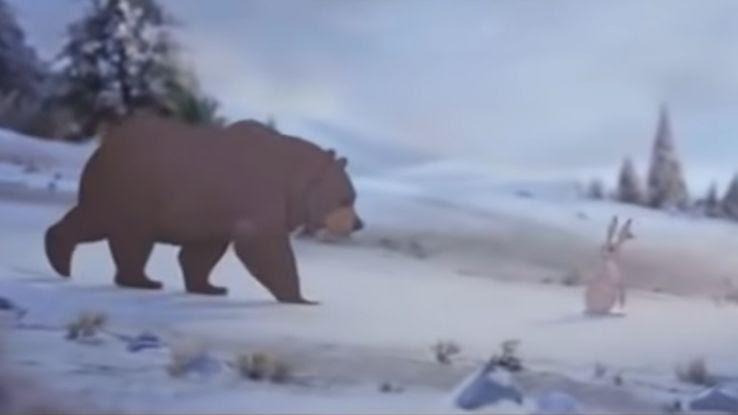
The animated commercial was set to a Lily Allen encompass of Keane's "Somewhere But Nosotros Know" beautifully compliments this two-minute advertizing, and Disney veterans came together to consummate this masterpiece. It won multiple awards and likewise boosted warning clock sales by 55 percent.
Chipotle: "Dorsum to the Showtime" (2011)
This heartwarming stop-motion Chipotle campaign followed two farmers who moved to a more sustainable farm, and it was insanely popular in 2011. It featured a moving cover of Coldplay's song "The Scientist" by Willie Nelson.
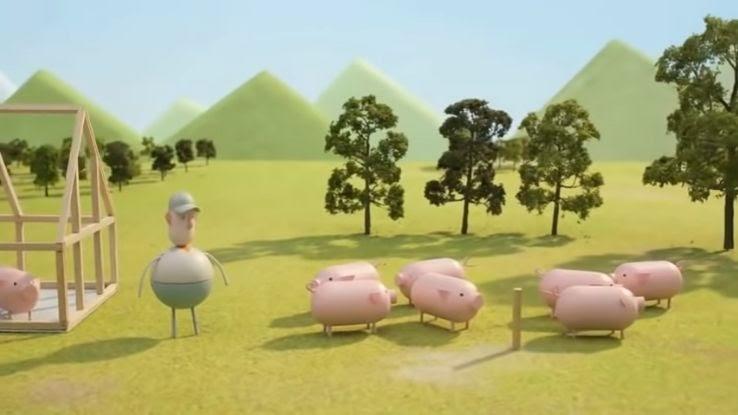
The campaign picked up a lot of steam in the early on 2012s after airing during the Grammy Awards. To Chris Martin's chagrin, many viewers and critics idea the stop-motion commercial gave a amend operation than Coldplay that night.
John W Salmon: "Comport" (2000)
In this mockumentary commercial about a comport fishing, a guy shows upwardly and kung-fu fights the bear so he tin can steal his salmon. A scene that could be stolen from National Geographic turns into Fight Club in seconds.
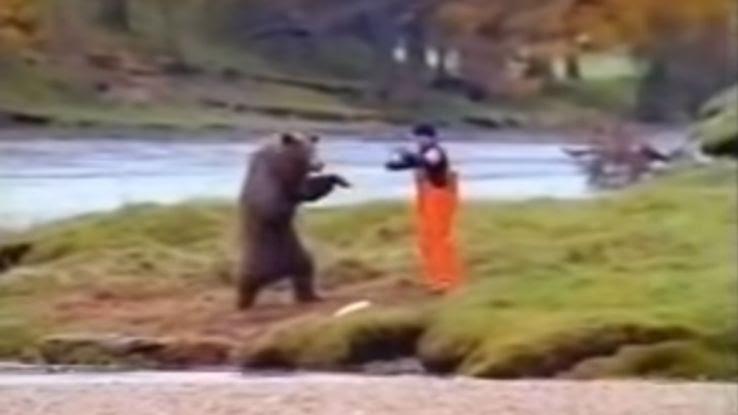
"Bears" won awards for its well-timed one-act and speedily became a viral sensation, receiving over 300 million views. It was also voted the Funniest Advertizement of All Time in Campaign Live's 2008 viewers poll.
Onetime Spice: "The Homo Your Man Could Smell Like" (2010)
Old Spice wasn't a company that preferred funny commercials over serious marketing at offset, but that all changed in the 2010s. Isaiah Mustafa delivered kept audiences laughing from start to finish and fabricated the phrase, "I'm on a equus caballus," a joke all on its own.
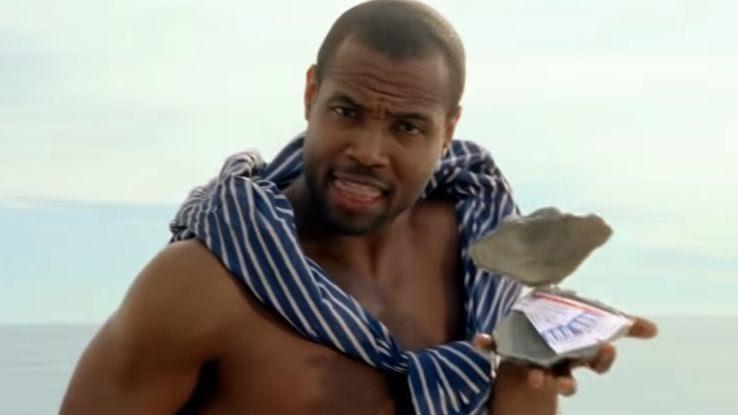
The commercial won a slew of awards, and after receiving over 55 meg views on YouTube, Onetime Spice decided to make even more than ads using the same premise, thereby giving birth to the Old Spice Guy and a thousand memes.
Keep America Cute: "Crying Aboriginal" (1971)
This commercial depicting a Native American crying over the pollution of his land was i of the most successful campaigns run by Keep America Cute, a nonprofit that advocates for litter removal forth highways. The commercial has become a hallmark of 70s environmentalism.
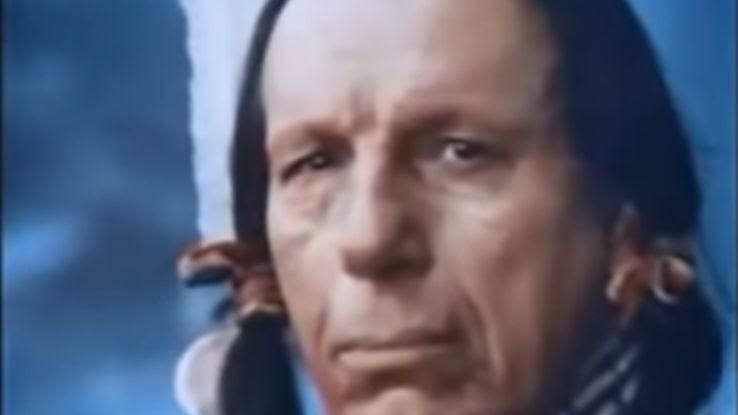
Fun fact: While Atomic number 26 Eyes Cody, the histrion who played the Native American chieftain, claimed to be Cherokee, his family said otherwise, and he was confirmed after expiry to really exist Sicilian. His birth name was Espera Oscar de Corti. He also needed to wear a life preserver under his buckskins when he was boating on the river because he couldn't swim.
Mentos: "The Freshmaker" (1992)
This advertizing for Mentos processed combined a Euro-popular jingle with corny acting and the beauty that was 90s fashion. Information technology wasn't constructive at showtime, but information technology did give visibility to a candy that wasn't well-known in the United States until this ad campaign.
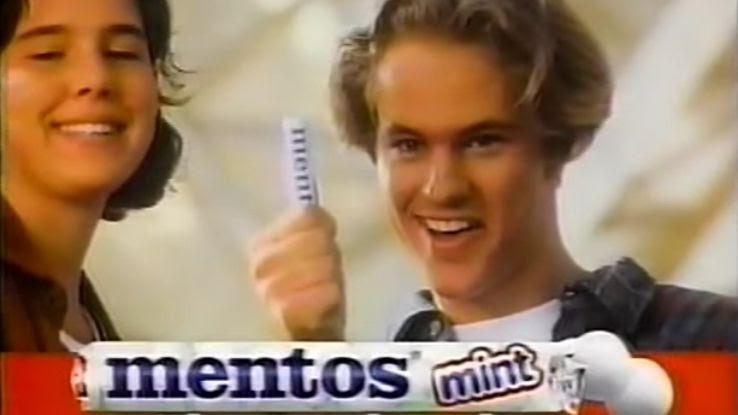
Gen-Xers dearest the catchy jingle, and so did the Foo Fighters. The music video for their single "Large Me" parodied the ad and won an MTV Video Music Award for its problem. The director of the video, Jesse Peretz, chosen the original commercial "total lobotomized happiness."
Nike: "Hang Time" (1989)
If y'all've ever thrown a sheet of rolled-upwardly paper in the trash while yelling, "Money!," yous accept "Hang Fourth dimension" to give thanks for that. Director Spike Lee and Michael Jordan collaborated to make fun of the traditional "hero athlete" epitome to create a series of hilarious commercials.
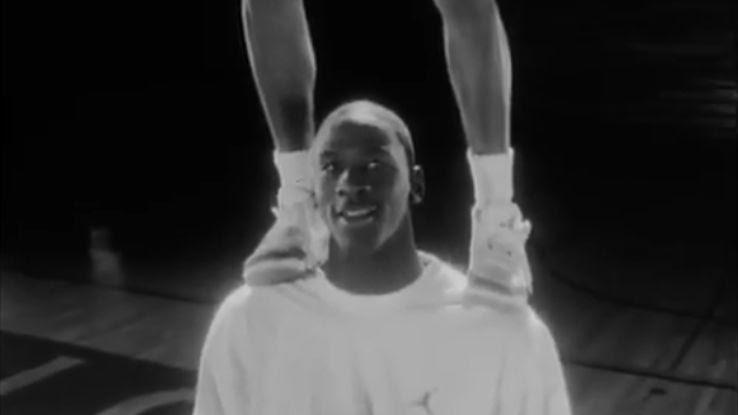
Spike Lee appeared in the commercials as motormouth Mars Blackmon. This ten-part serial made Air Jordans a household name and popularized multiple slang terms and jokes. Michael Hashemite kingdom of jordan has appeared in hundreds of commercials overall, including his infamous McDonalds' appearance, but this one is his all-time.
Wendy'southward "Where's The Beef?" (1984)
Wendy'south, Burger King and McDonald's are fast-food rivals to end all fast-food rivals. While the outset of the three has often lagged backside its contest, the catchphrase, "Where's the Beef?" from a Wendy's Super Bowl commercial helped information technology catch up a bit by drawing attending to the lack of beefiness in its rivals' burgers. The phrase has after come to mean calling the substance of something into question.
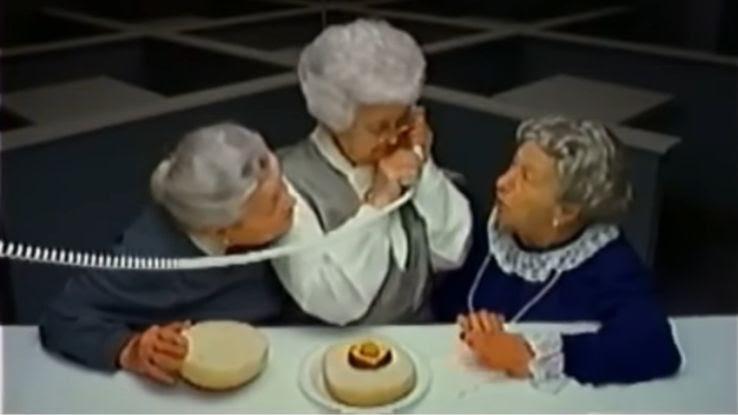
The ad entrada helped boost Wendy's acquirement by 31 per centum that twelvemonth and was used in Vice President Walter Mondale's presidential campaign. Not just did the campaign sell more than meat, just it also revived Mondale'due south flagging campaign. Talk most ii birds with 1 stone.
Budweiser: "Wassup?!" (1999)
Beer commercials are well known for using beautiful women in their ads, which made Budweiser's "Wassup" commercial all the more unique. It showed guys but hanging out,, and information technology made the beer a subtle element in the commercial itself. This Super Basin ad created a new genre of commercials that used entertainment to sell a product.
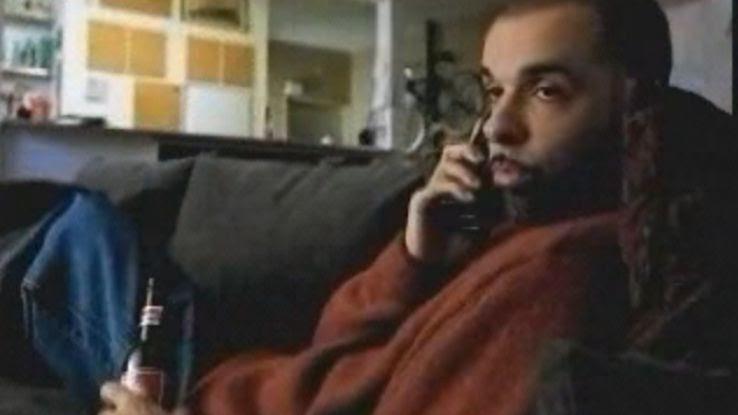
"Wassup" became a worldwide phenomenon and was subsequently parodied throughout the early 2000s, including through an entire scene in Scary Movie. This Budweiser entrada is still popular to this day, with Burger Male monarch creating a variation of its ain in 2018.
IKEA: "Dinning Room" (1994)
In 1994, IKEA launched a trilogy of ads focusing on different families buying dining room piece of furniture, including a husband and wife, a divorcee and a gay couple. The religious right protested ad featuring gay men, but IKEA didn't back down.
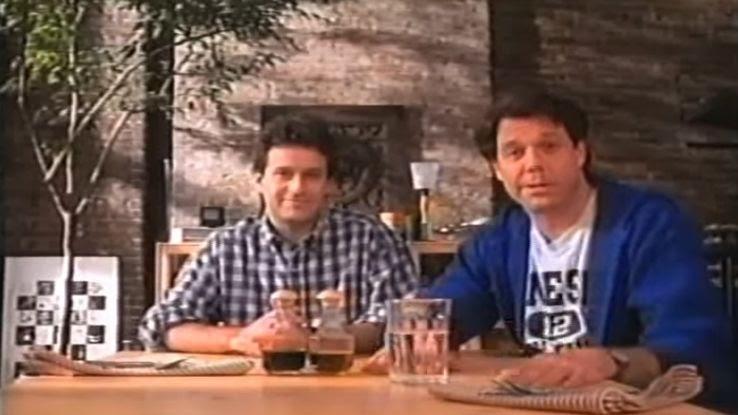
The Swedish furniture company argued that the commercial wasn't a political argument. They simply wanted to portray modern Americans in all their different relationship status. IKEA won major points with the LGBTQA community and their allies, leading to additional sales.
Chanel No. 5: "Marilyn" (1994)
When Marilyn Monroe told an interviewer that she wore just Chanel No. 5 to bed, information technology made the company millions of dollars. To capitalize on that success for a new generation, Chanel used a mix of acting and technology to morph Carole Boutonniere in Marilyn Monroe singing I Wanna Be Loved past You.
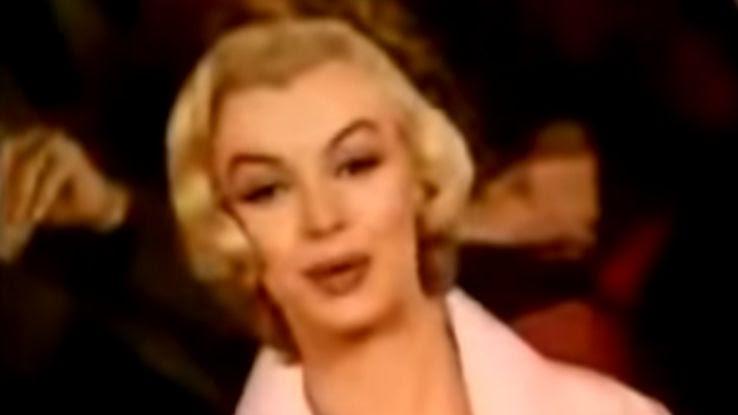
Chanel paid a pretty penny to use Monroe's likeness and song, but the money was worth it, every bit sales skyrocketed. Chanel No. v is still the pinnacle-selling perfume for the company, and it'due south in part because of the cultural cachet the ad gave the moving-picture show years ago.
TRIX: "Trix Are for Kids" (1959)
"Silly rabbit, Trix are for kids!" says a plucky immature daughter afterwards outsmarting an blithe rabbit. That rabbit has been on a quest for the fruity goodness of Trix for decades now, merely to this twenty-four hour period, he hasn't had a bite.
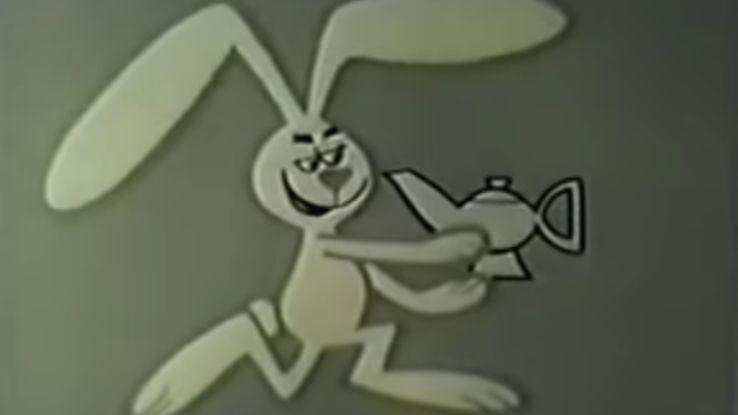
The advertising entrada was so popular that fifty years after, people are still saying the catchphrase to ward off people from their food. While sales for the cereal are down as of late, the brand even so managed to milk years of success from a single advert.
MEOW Mix: "Singing True cat" (1972)
The archetype Meow Mix song is a hit today, but it was really the result of an accident. While filming a cat eating for use in a commercial, the cat in question began to choke on its food. While the true cat was fine, the footage was unusable — until someone decided to take a snippet of the video and apply it to create the famous lip-synced cat.
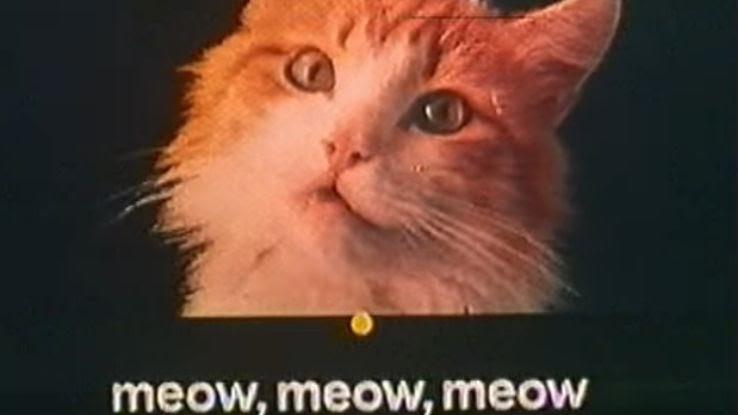
The spot the Meow Mix song only cost around $3000, only the company subsequently made millions off of the funny commercial. Information technology was so successful that the cat was somewhen printed on numberless of cat food.
Reebok: "Terry Tate, Office Linebacker" (2003)
In this Super Basin commercial, Terry Tate destroys an role building and its staff and gets paid for information technology. If you haven't already watched this, you lot're in for a treat. The ane-liners and outrageous behavior truly earn this commercial a place in the ad pantheon.
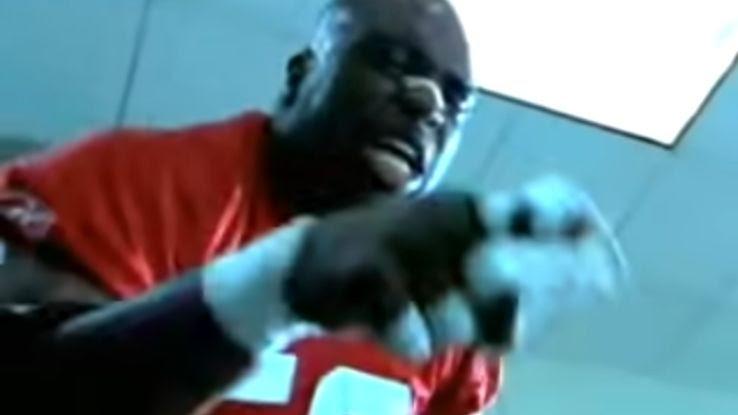
Although it was incredibly popular, simply 55 pct of viewers polled remembered that the commercial had anything to do with Reebok. The company reported that sales withal went up fourfold online, simply the advert nevertheless serves as a warning sign that non all successful ads lead to higher sales.
Snickers: "Hungry Betty White" (2010)
Is Betty White ever not funny? The respond is no. During the 2010 Super Basin, the former Aureate Girl starred in the now famous "You lot're Non You When You're Hungry," which spawned an entire series of boosted ads.
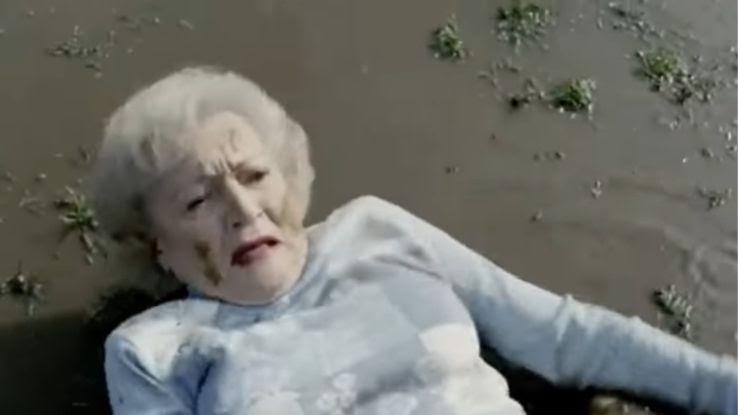
The advert won the night for all-time Super Bowl commercial and helped Snickers earn a total of $376 meg in two years. Information technology was as well credited with revitalizing Betty White's career, who appeared on Saturday Night Alive and other leading roles before long afterwards.
Honda: "Paper" (2015)
This unique ad takes viewers through Honda's threescore-year history. It starts with Soichiro Honda's idea of using a radio generator to ability his wife'due south vehicle and ends with a red Honda driving away in the desert. The newspaper background makes the commercial experience nostalgic and personal.
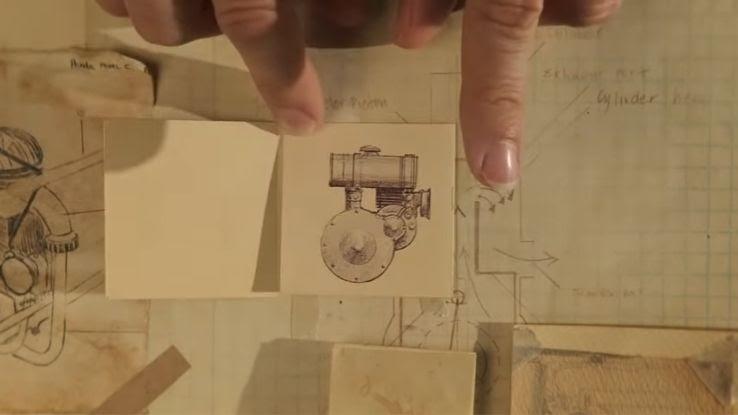
Honda fabricated such an impact on their target market that it won an Emmy Award. Created through four months of manus-drawn illustrations past dozens of animators, the paper flipping and stop-movement techniques used in the commercial proved revolutionary.
E-Trade: "Monkey" (2000)
Ad Age described this ad as "impossibly stupid, impossibly bright," and that's certainly not wrong. E-merchandise is an investment website that helps people make informed decisions about things like stock and bonds. The commercial shows a chimpanzee dancing in a garage and lip-synching "La Cucaracha."
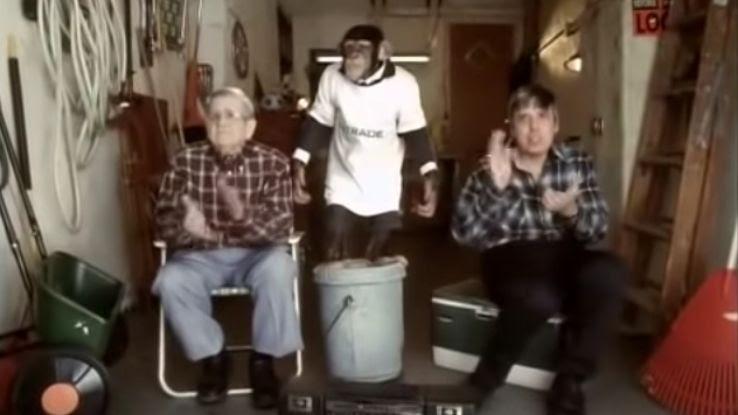
The off-rhythm, flannel-clad seniors apparently paid $2 meg for the privilege of spending time with this primate. E-Trade informs the viewer that there are amend ways to spend difficult-earned coin, and they can help.
Mountain Dew: "Puppy Monkey Babe" (2016)
"Puppy Monkey Baby" features, unsurprisingly, a weird hybrid creature resembling a baby, monkey and pug. It was baroque, and probably the cause of many a child'due south nightmares, but it was a social media success. It generated ii.2 one thousand thousand online views and 300k social media interactions in 1 night.
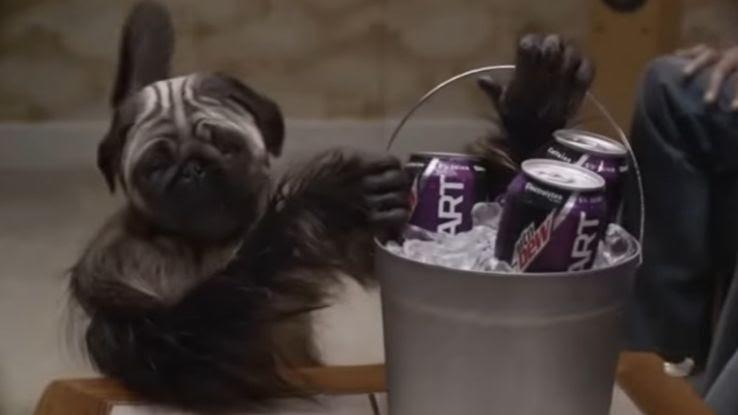
Mountain Dew knew that defoliation over the sketch would describe attention, and they were correct. Whether people loved the Puppy Monkey Baby or hated it, Mountain Dew was on their minds. This bizarre animal led to millions in sales.
WATERisLIFE: "Kenya Bucket List" (2013)
Cheers to adoption adverts from the 1960s, it'due south well known that many rural parts of Republic of kenya take poor drinking water. In 2013, nonprofit WATERisLife created a campaign that brought sensation to this fact over again. In fact, co-ordinate to the advertizement, ane in 5 children in Kenya won't achieve the historic period of five.
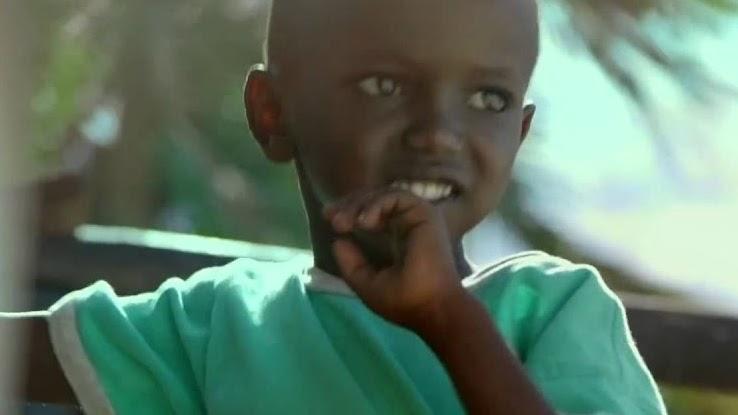
2 ambrosial 4-year-olds, Maasai and Nkaitole, go on an hazard to meet everything they can "earlier they die." The advertizing pulled at the nation's heartstrings and started a domino effect of mass donations.
Volkswagen: "The Force" (2011)
Volkswagen's "The Strength" is currently the most-watched Super Bowl commercial of all time. In the commercial, a tiny child dressed as Darth Vader tries to use the force in multiple ways. He "successfully" uses it confronting a motorcar when his father secretly activates it with a remote.
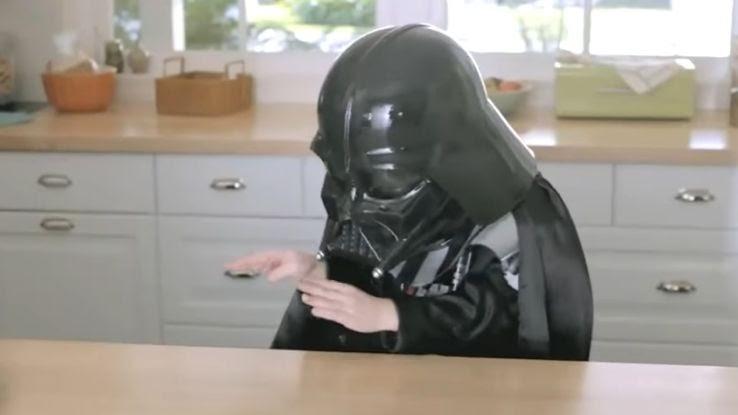
Volkswagen released the ad early on YouTube, where it gained i million views overnight, and xvi million more before the Super Basin. It paid for itself before the advertizement ever ran on television. Before this ad, it was unheard of for advertisements to work and so finer before their initial release.
Thai Life Insurance: "Unsung Hero" (2014)
This Thai Life Insurance commercial was massively popular because of how cute and touching its story was. It follows a man who likes to practice nice things for people, merely this "unsung hero" doesn't get any adoration for it — in the beginning.
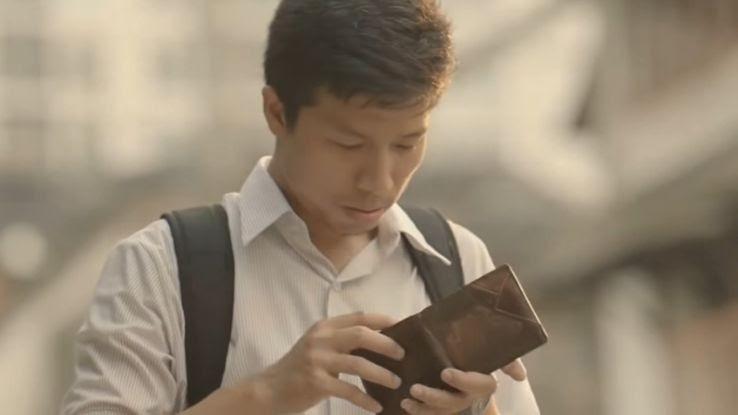
Apparently, ads that showcase a good cause and tug on the viewers' heartstrings are particularly effective in E Asian countries. Considering how pop it was in the United States, it must have had an even amend run in its native Thailand.
How Has The Quinceanera Changed Over Time,
Source: https://www.ask.com/entertainment/most-important-commericals-all-time?utm_content=params%3Ao%3D740004%26ad%3DdirN%26qo%3DserpIndex
Posted by: strakertwereen1972.blogspot.com


0 Response to "How Has The Quinceanera Changed Over Time"
Post a Comment